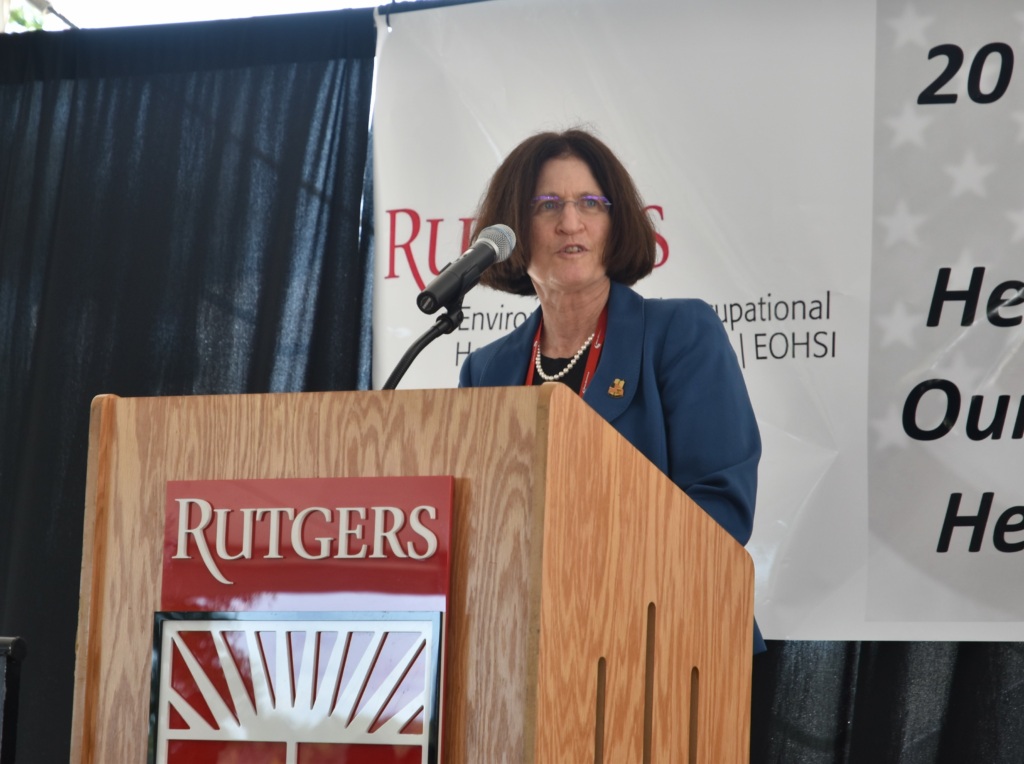Victim Compensation Fund • WTC Health Program
What About the Women in the 9/11 Community?
It is estimated that approximately 500,000 people were exposed to the WTC toxins in the 8 months after the 9/11 attacks. Yet, according to the World Trade Center Health Program (WTCHP), only 113,000 people have enrolled for its free health care and only about 33,500 are women. The fact that so few women have enrolled is a real problem.
Obviously, the 9/11 toxins did not discriminate based on gender. Women were exposed to the same toxins as men. Many cancers of the female and male reproductive system have been linked to the toxins, including ovarian, placenta, vulva, vagina, and cervical. And, breast cancer is the 3rd most common cancer in the 9/11 community. However, to date the WTCHP and the VCF do not recognize uterine and endometrial cancers as eligible for health care and compensation.
While thousands of men have received health care and compensation for their prostate cancer, why have hundreds – if not thousands – of women diagnosed with uterine or endometrial cancer been ignored?
Women were active participants in the rescue and recovery efforts however, they were comparatively underrepresented among first responders. As such, when studies were conducted to determine which cancers would be linked to the toxins, there simply were too few women involved, especially among the first responder pool. This resulted in uterine and endometrial cancers being left off the list due to limited research and statistics being unavailable.
In September 2020, a team of scientists and doctors at Rutgers’ Environmental and Occupational Health Sciences Institute, a WTCHP Center of Excellence, spearheaded a petition to add uterine cancer to the list of WTCHP covered conditions. One of their key points is that endocrine-disrupting chemicals (EDCs) have been recognized as potential contributors to the development of endometrial cancer, a form of uterine cancer. Chemicals found in the WTC dust, including polychlorinated dibenzoparadoxins and polychlorinated dibenzofurans, are recognized as EDCs.

Dr. Iris Udasin, professor of Environmental and Occupational Medicine and medical director of the University Environmental and Occupational Health Sciences Institute at Rutgers University, said “If there are enough endocrine disruptors to cause things like prostate cancer and breast cancer then there is a biologic probability that the same contaminants created higher risks for uterine and endometrial cancer.”
In September 2021, the WTCHP Scientific Technical Advisory Committee (STAC) held a two-day meeting to discuss including uterine cancer as WTC related illnesses. The STAC voted to form a work group that will make a case for adding it. As stated above, the issue they face and have faced is, there is little research into the impact on the uterine system among female 9/11 responders and survivors. Only 14 percent of the responder community, and less than 1 percent of FDNY responders, are female. And, since less than 10 percent of non-responders have enrolled in the Health Program, (usually because they don’t realize they are eligible), there haven’t been enough female patients and data. After receiving the recommendation from STAC, the WTCHP administrator, Dr. John Howard, can order peer reviews and eventually add new illnesses if the evidence merits its inclusion.
Barasch & McGarry has long advocated for both the WTCHP and VCF to include uterine and endometrial cancers. We applaud the WTCHP STAC for working towards the inclusion of these cancers to the covered condition list. Should these cancers be added, we will once again call upon the 9/11 community to help spread the word, to ensure all female 9/11 responders and survivors exercise their right to free health care and compensation.

1 reply on “What About the Women in the 9/11 Community?”
I’m glad you’re dealing with the lack of compensation for uterine cancer.